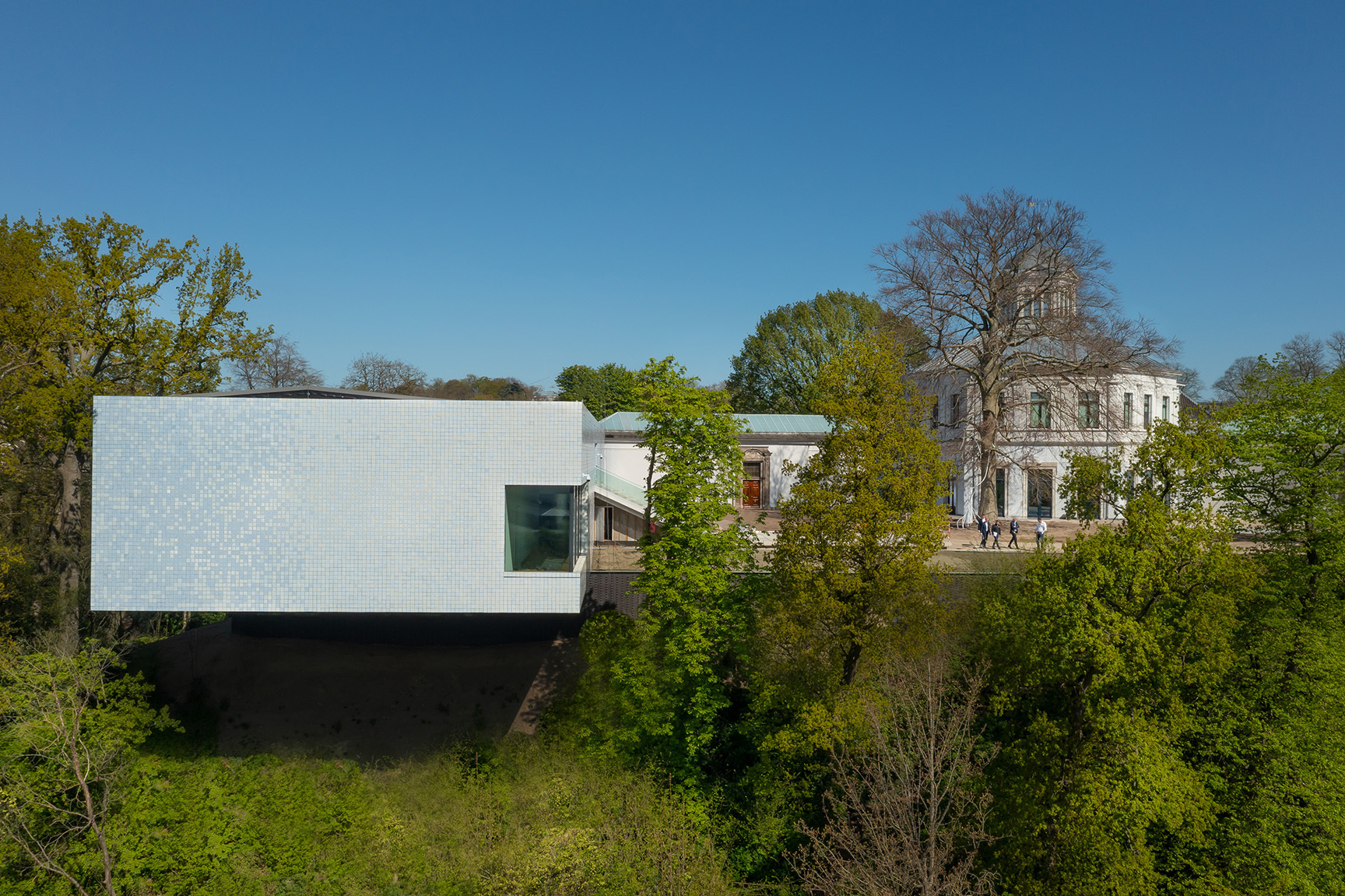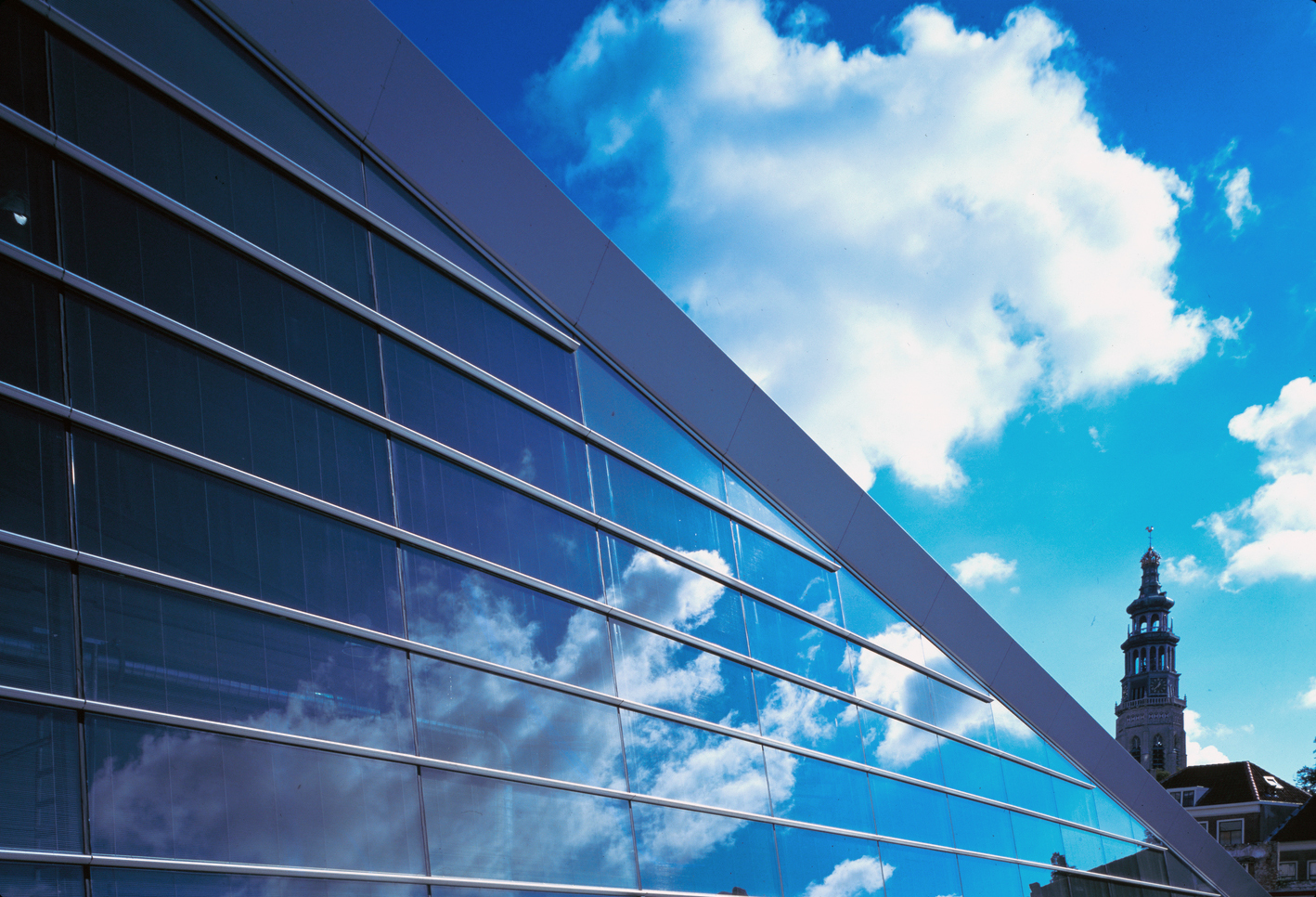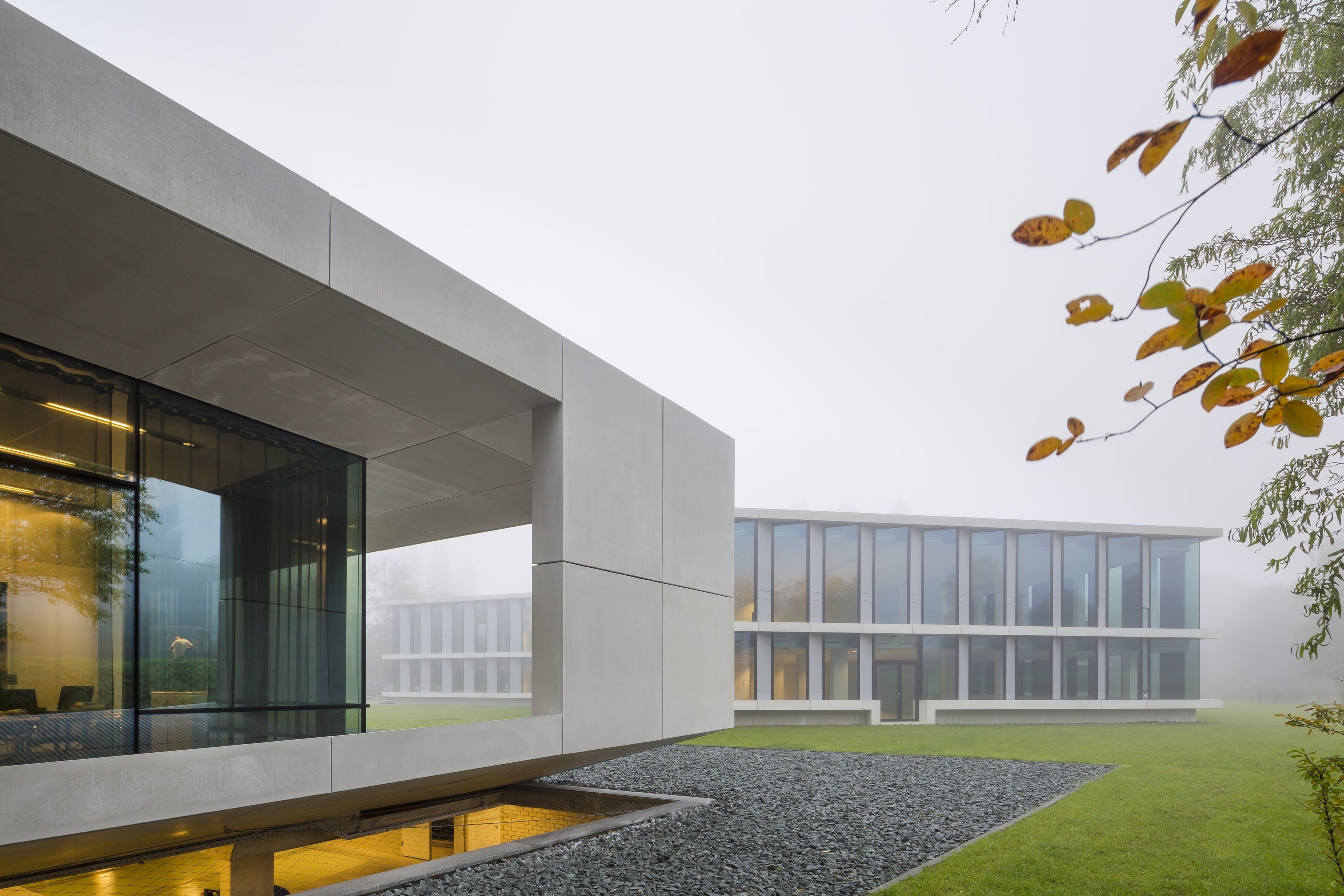Duivendrechtsevaart
The new Duivendrechtsevaart Bridge is designed as a green, socially safe and low-maintenance connection that will provide access to the new Amstelkwartier district for motorized traffic, cyclists and pedestrians. Commissioned by the Municipality of Amsterdam, the consortium of Boskalis Nederland B.V., Benthem Crouwel Architects, engineering firm IV-Infra and engineering firm MUG developed a design for a bridge with a sculptural deck, distinctive railing and surprising light sculptures that has a characteristic appearance at all times of day and night.
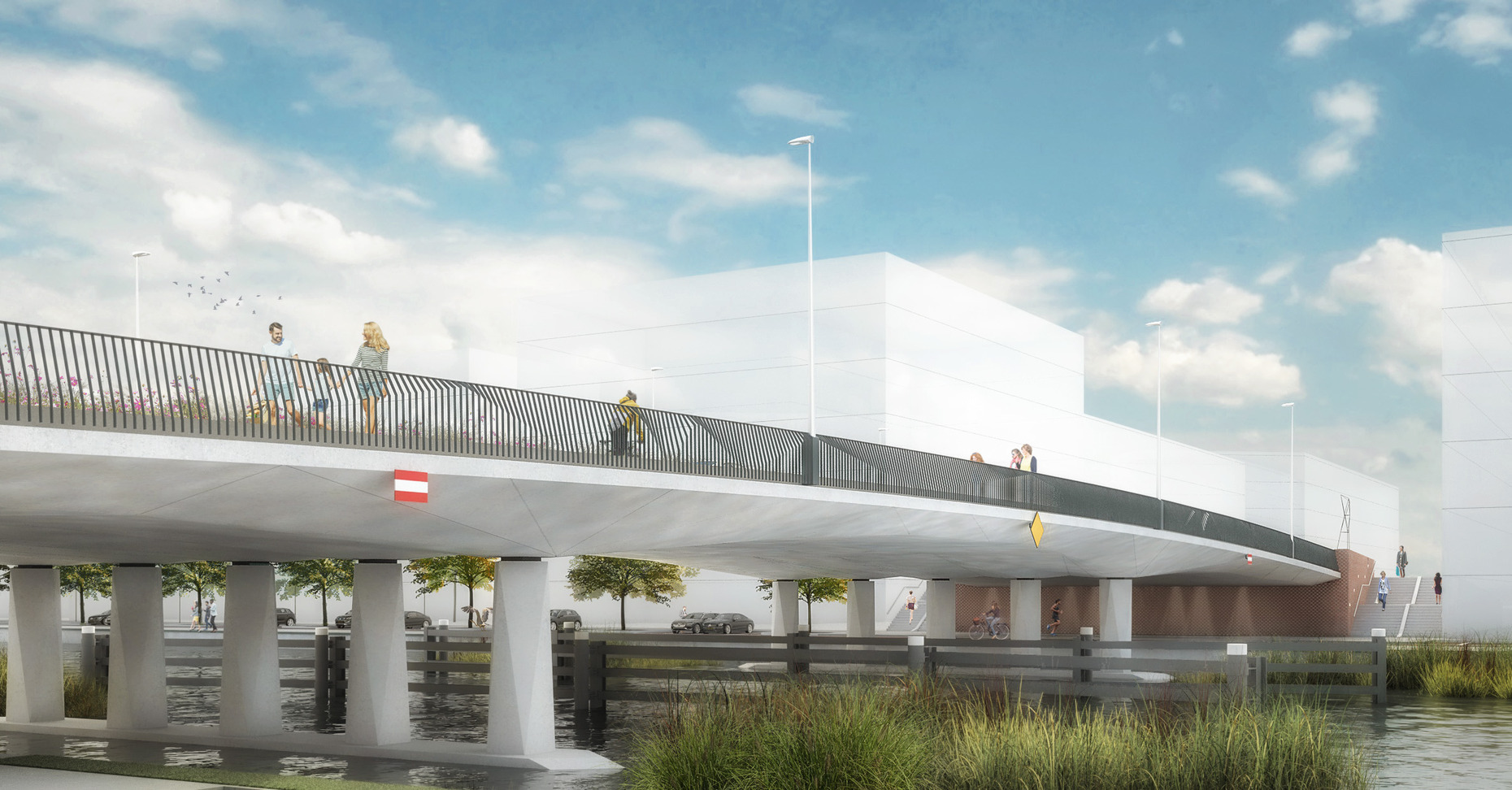
CONTEMPORARY AMSTERDAMS DESIGN
The design for the Duivendrechtsevaart Bridge is a contemporary interpretation of a typical Amsterdam bridge tradition in which a sober layout, elegant design, rich detailing and sculptural quality go hand in hand with technological development. The bridge forms an important connection between the green strip next to the A2 highway and the new Amstelkwartier district, where old and new come together.
The brick-built abutments perfectly match the future buildings of Amstelkwartier, where brick is the predominant material. The clear, straightforward form of the bridge seamlessly connects to the clear street structure of the new district, making the bridge not just a means of access, but an integral part of Amstelkwartier.
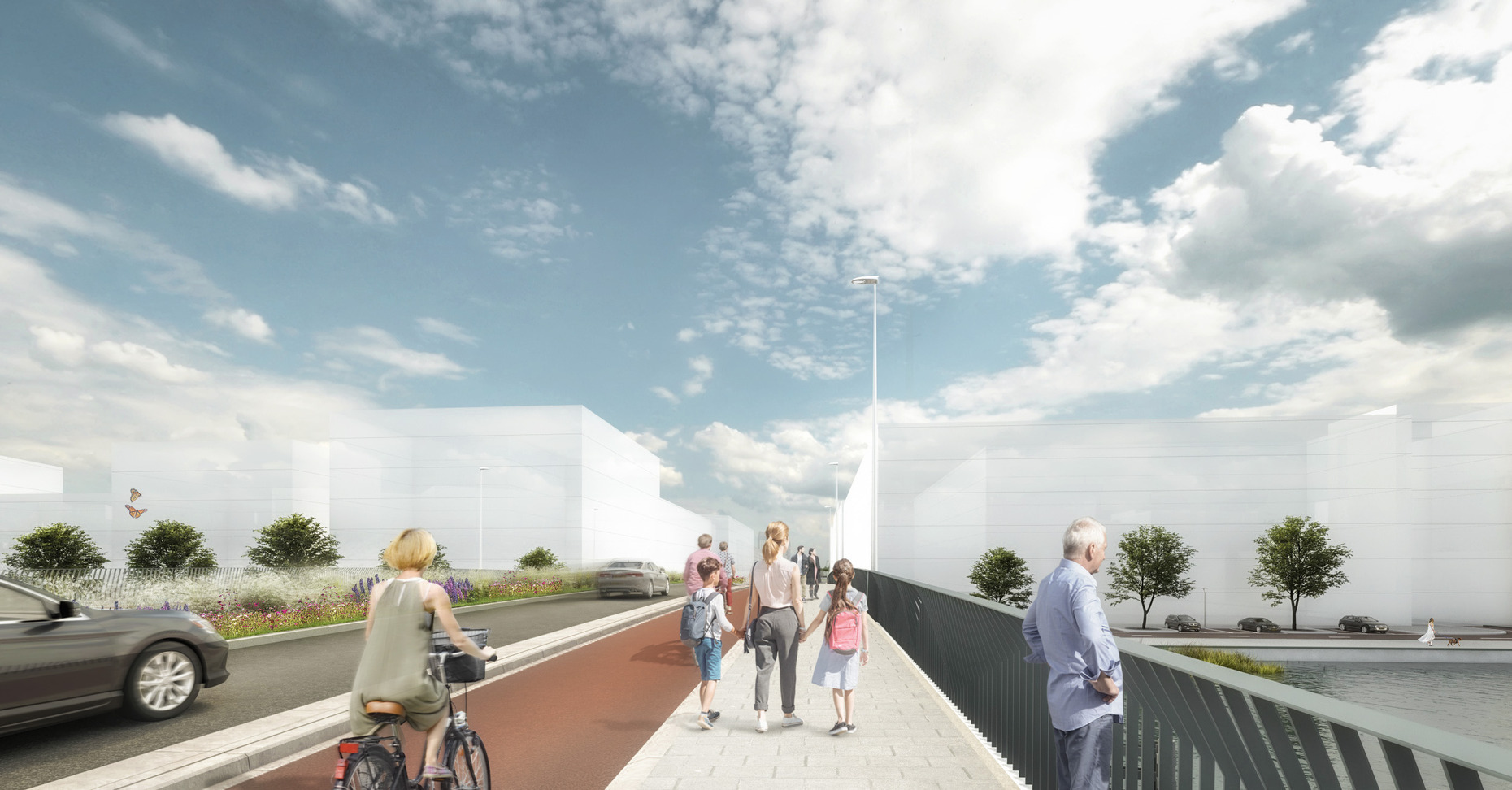
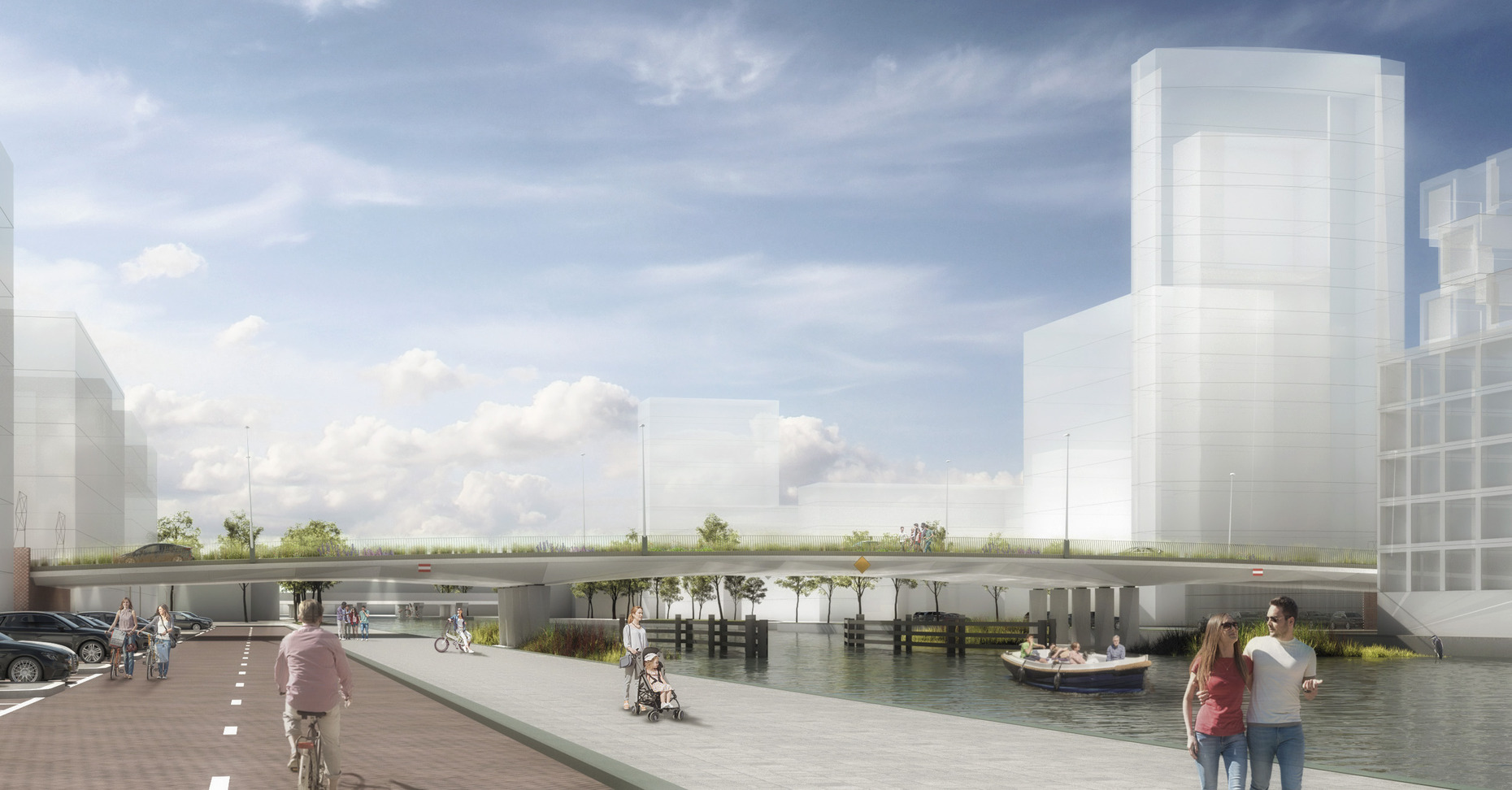
RESTRAINED AND ELEGANT
The bridge deck and abutments are designed as clearly distinguishable objects. This creates a contrast that enhances both the massiveness of the abutments and the slenderness of the bridge deck.
The railing, made of thin vertical elements with a kink that are staggered in relation to each other, largely determines the appearance of the bridge. The arrangement of the staggering creates a dynamic but subtle pattern of triangles, which refers to the triangular pattern on the underside of the bridge. Depending on the viewing direction, the triangles are more or less visible and the railing is more or less transparent.
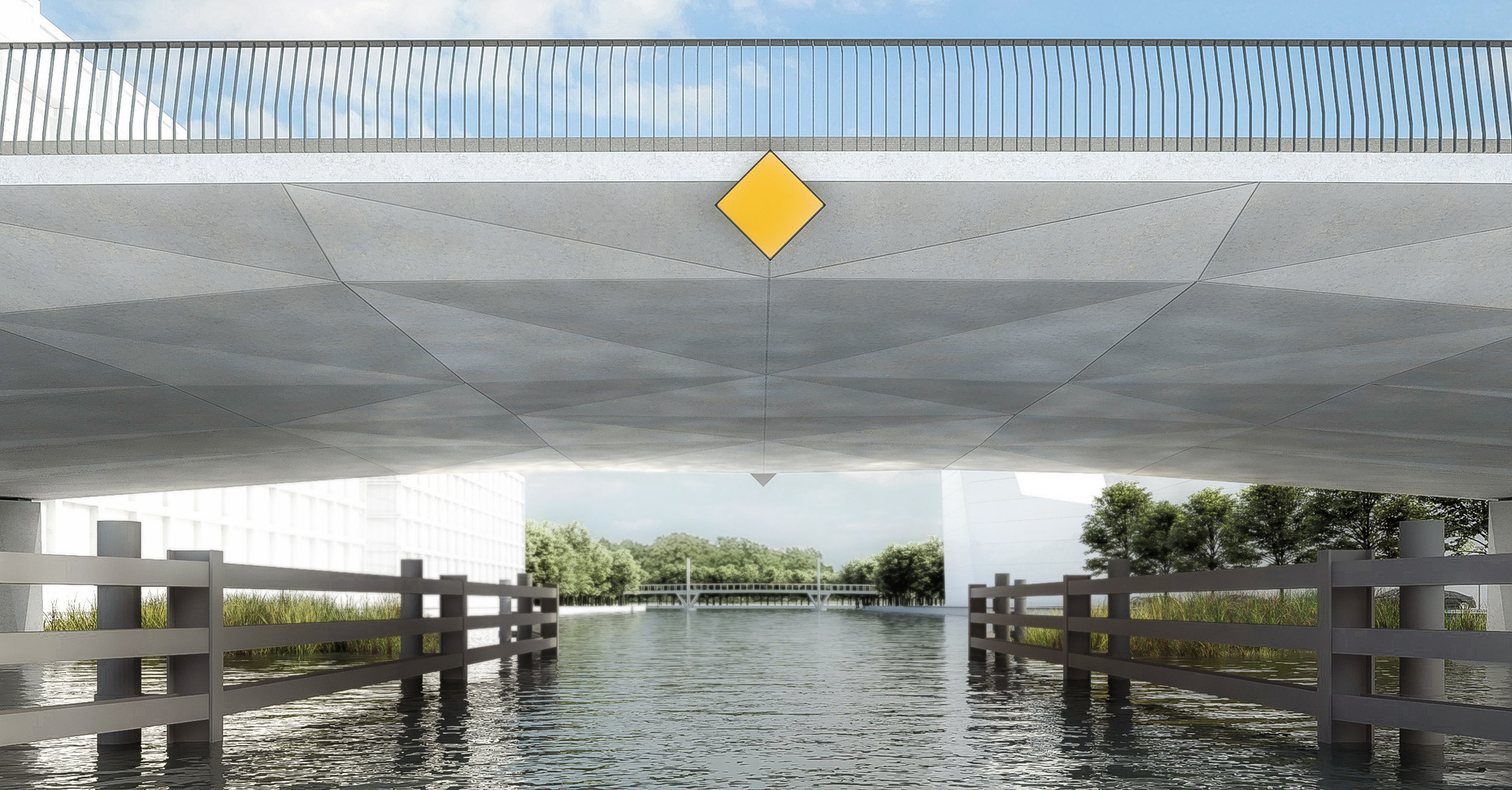
SCULPTURAL QUALITY
The bridge as a whole has a high sculptural quality and stands as a clearly visible, recognizable landmark in the landscape. The transition between bridge and land on both sides is marked by four airy designed light sculptures that are illuminated at night, with a form that playfully refers to the now demolished steel gas holder and the columns under the bridge.
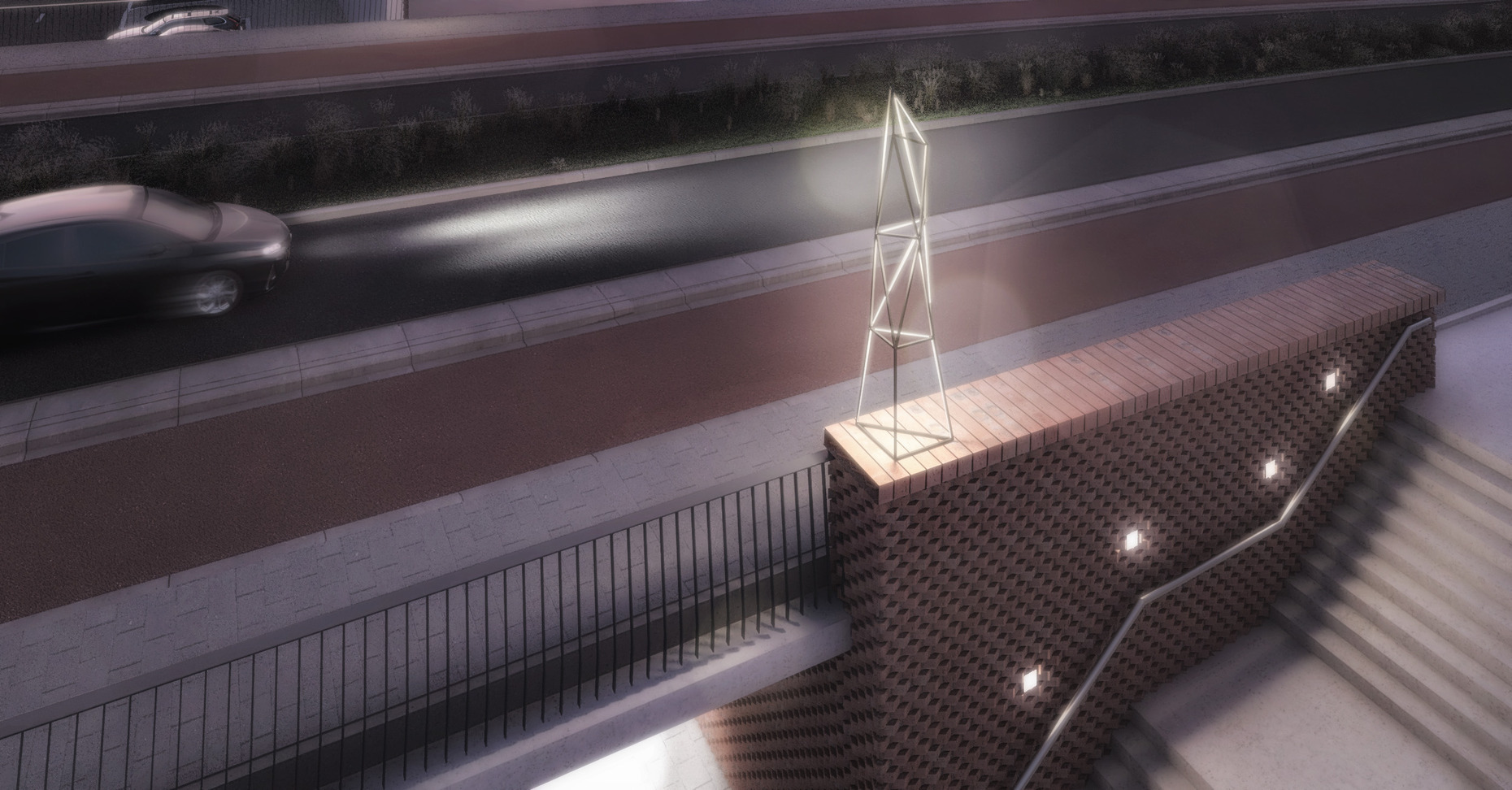
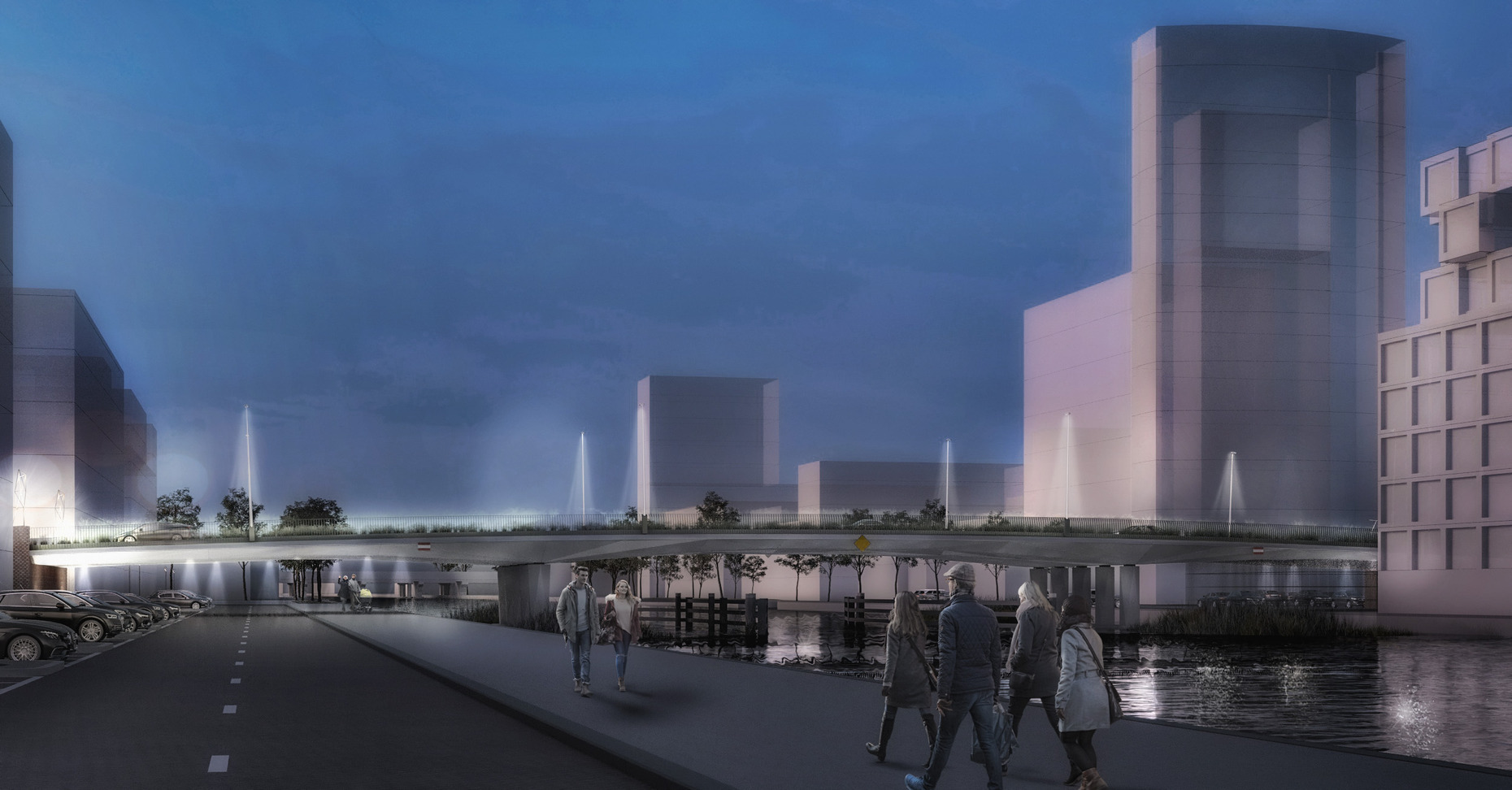
NATURE-INCLUSIVE BRIDGE
Nature-inclusive building is an integral part of the design. On the bridge deck, the central reservation is entirely green. This green strip functions as a bee and butterfly corridor that seamlessly connects to the connected street. The flower strip connects two green structures of Amsterdam: Overamstel (Park Somerlust) and Amstelglorie.
With this nature-inclusive design, the bridge contributes to increasing biodiversity in Amsterdam's built-up area and thus to the livability of the built environment. In this way, the Duivendrechtsevaart Bridge is not only a connection for people, but also an ecological connection in the city.
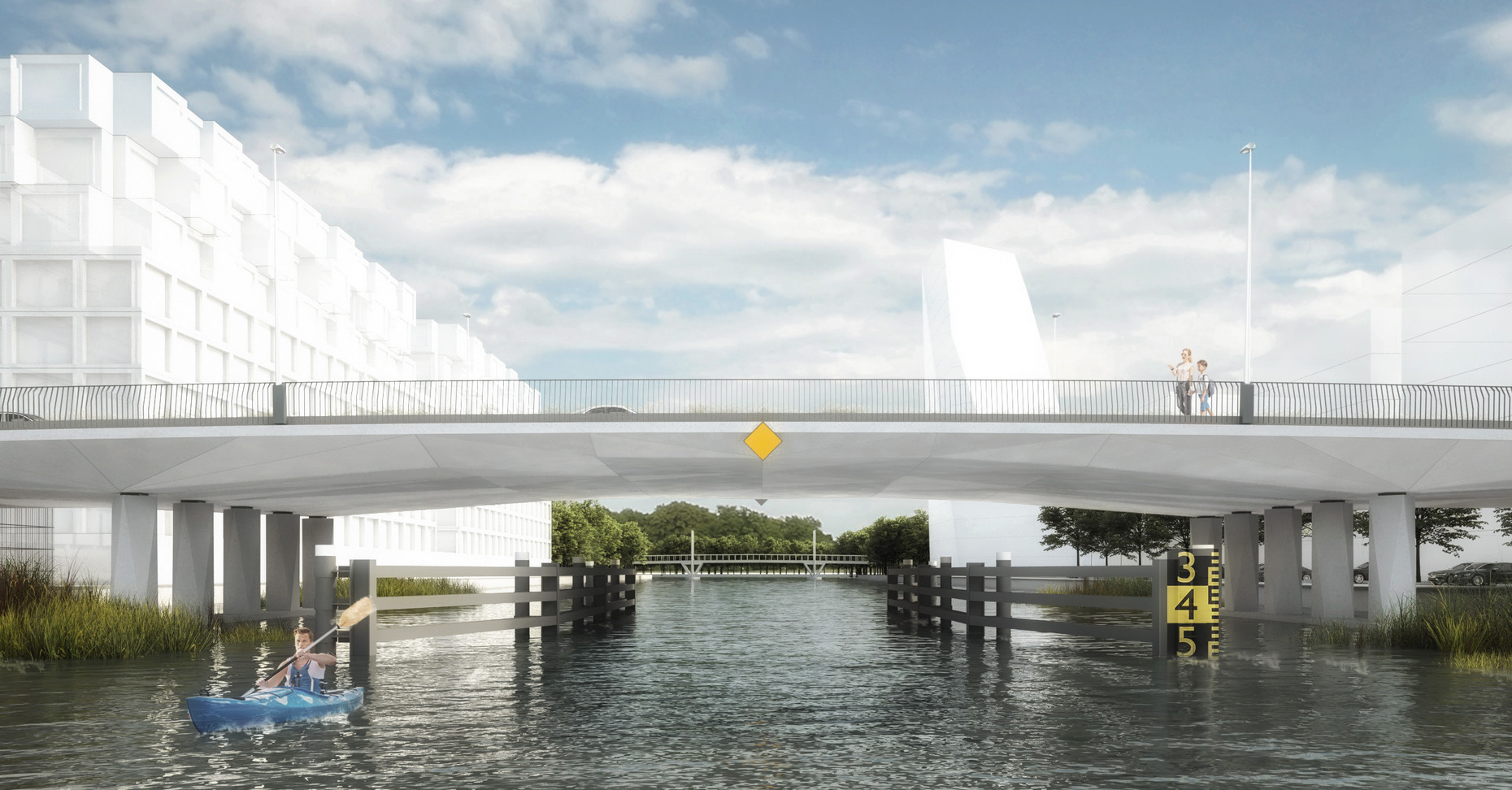
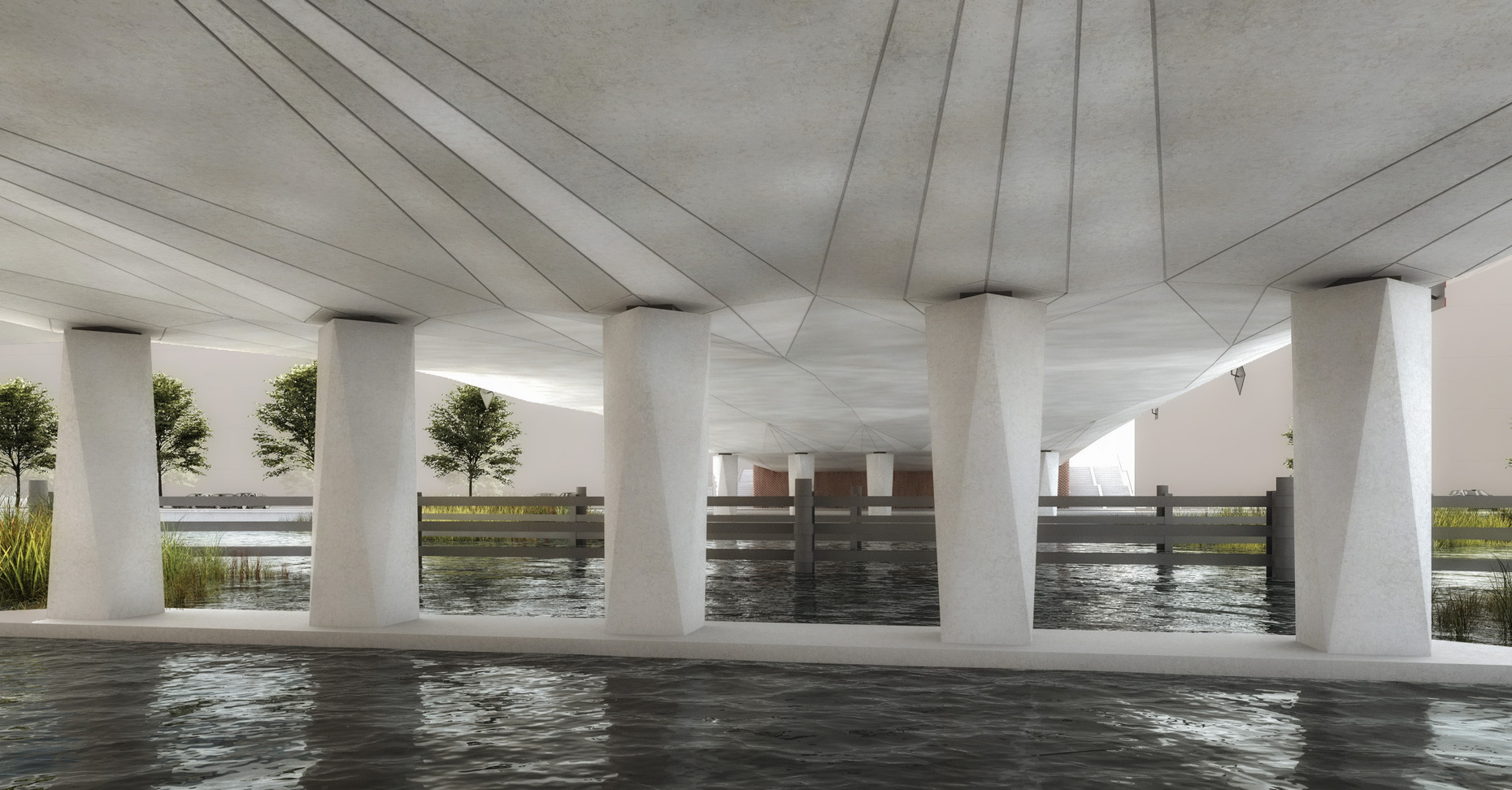
—
